
Thank you for visiting my vlog! I ‘m Mary living in Miyagi pref. Japan.
My hobby is visiting shrines and temples mainly in Tohoku region, Japan.
In this vlog, I will introduce the shrines and temples that I have actually visited.
One of Tohoku’s Most Revered Inari Shrines, with Over a Thousand Years of History
Located in Iwanuma City, Miyagi Prefecture, Takekoma Shrine (竹駒神社) is one of the most historically significant Inari shrines in Japan. It is sometimes referred to as one of the “Three Great Inari Shrines” in the country. Affectionately called “Takekoma-san” by locals, the shrine is popular among worshippers seeking prosperity in business, a bountiful harvest, and family well-being.
Takekoma Shrine official HP 竹駒神社HP
◆ Basic Information
Access: 15-minute walk from JR Iwanuma Station/ Thanks to the well-maintained and spacious parking areas, visiting Takekoma Shrine by rental car is a convenient and comfortable option.
Location: 1-1 Inaricho, Iwanuma City, Miyagi Prefecture, Japan
Deity Enshrined: Ukanomitama-no-kami (Goddess of food, agriculture, and fertility)
Founded: Year 842 (during the Heian period)
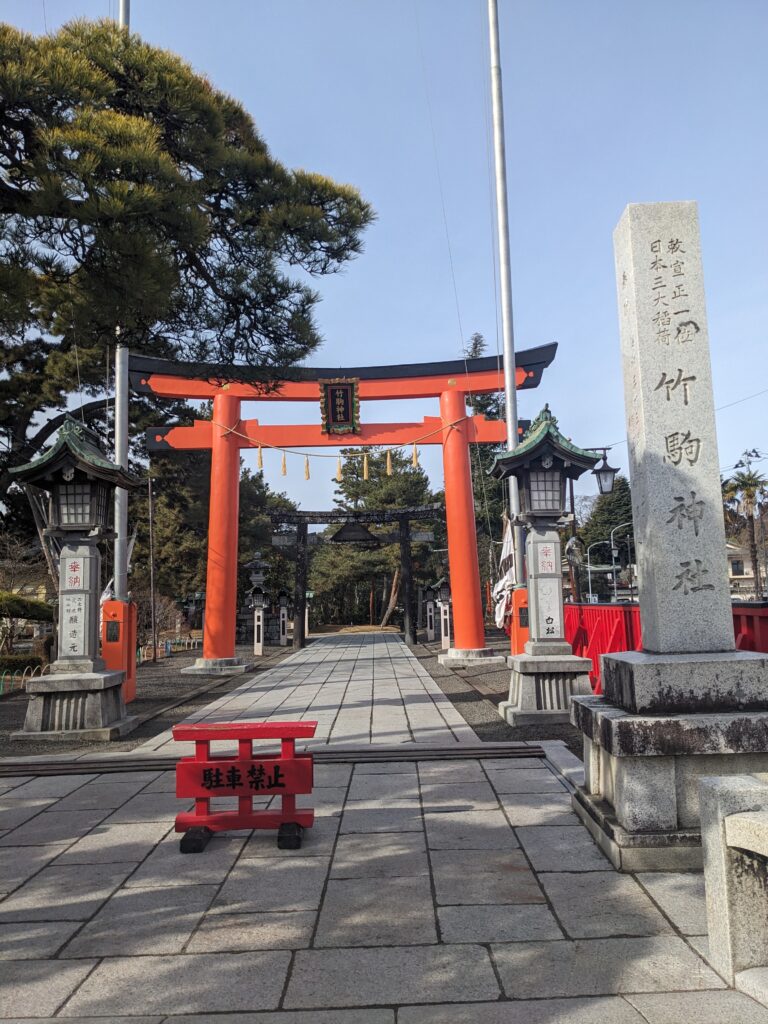
This is the Torii gate.
Behind the red Torii gate, there is an old Torii gate.
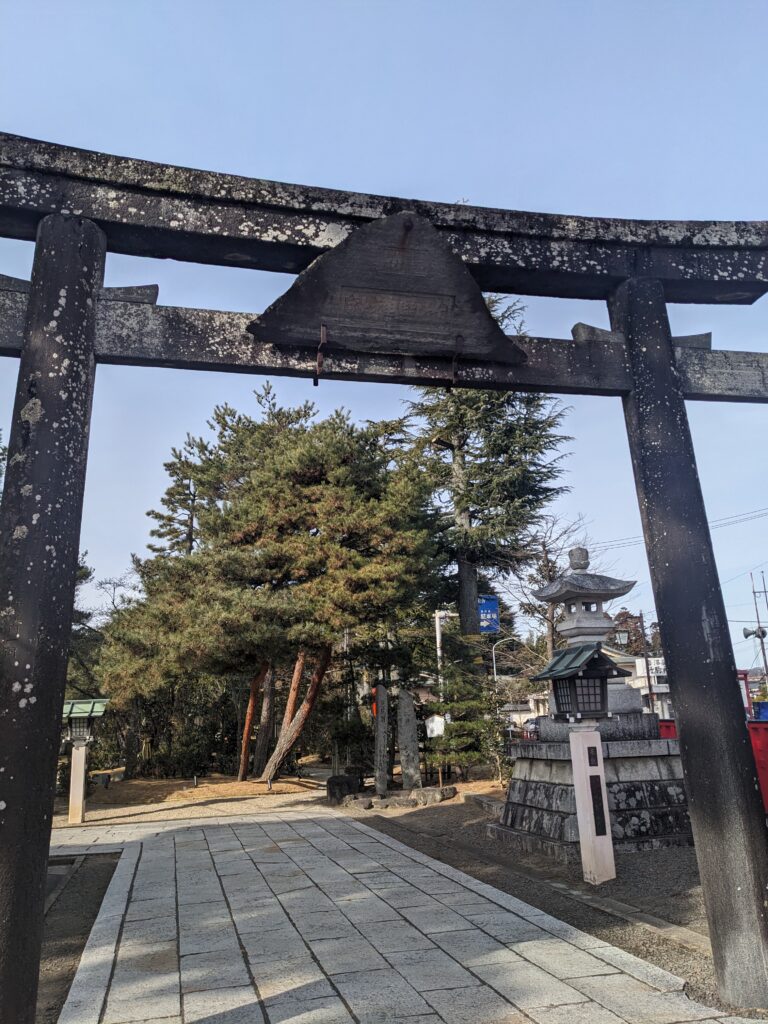
An old torii gate that gives you a sense of the old times.
Passing through the two torii gates, we walk along the well-maintained approach to the shrine.
There is a sign on the side of the approach that says “Oku no Hosomichi”.
The Narrow Road to the Deep North” (Oku no Hosomichi) is a masterpiece of travel literature written by Matsuo Bashō, a leading haiku poet of early Edo period Japan. Blending poetic beauty with reflections on nature, history, and human encounters, it remains one of the most celebrated works in Japanese literary history
It is said that even Bashō himself once visited and prayed here.
Matsuo Basho was a haiku poet from the early Edo period.
One can’t help but wonder—was Takekoma Shrine already famous in the Edo period, or did Matsuo Bashō stumble upon it during his poetic travels?”
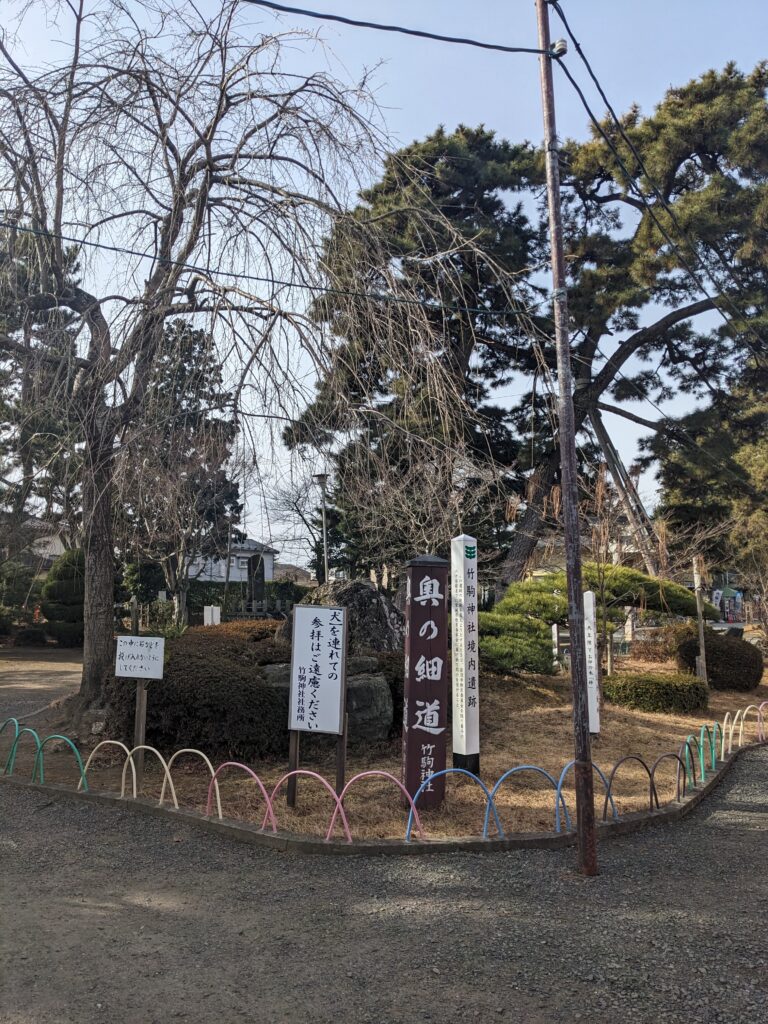
There are rest areas and ramen restaurants along the approach to the shrine.
The ramen shop is called Numata Shoten Mengumi. It seems to be popular and is quite crowded at lunchtime. It has even been featured in a local magazine.
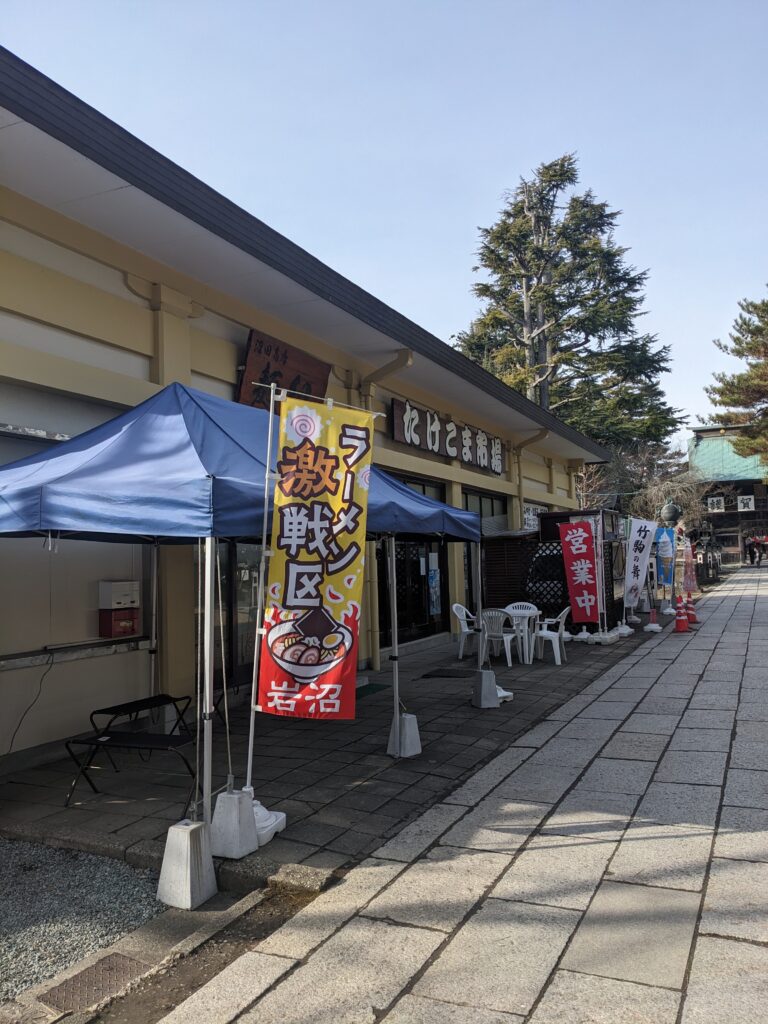
Another rest area was recently built along the approach to the shrine. You can also eat there. It’s a very stylish building.

A wide variety of menu items
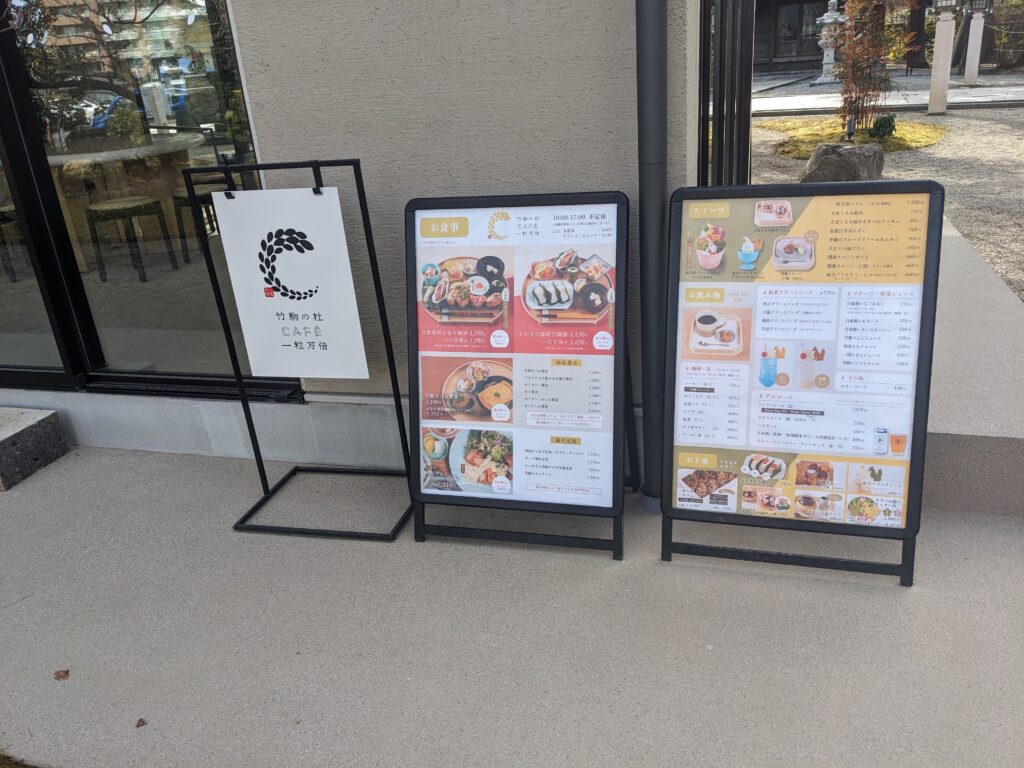
Why not relax and enjoy a meal or tea in the peaceful atmosphere of a Shinto shrine?
~ To be continued in Takekoma Shrine Part 2. ~
Important Reminder: Sacred sites such as shrines and temples deserve reverence. Be sure to show respect and follow proper etiquette when you visit.
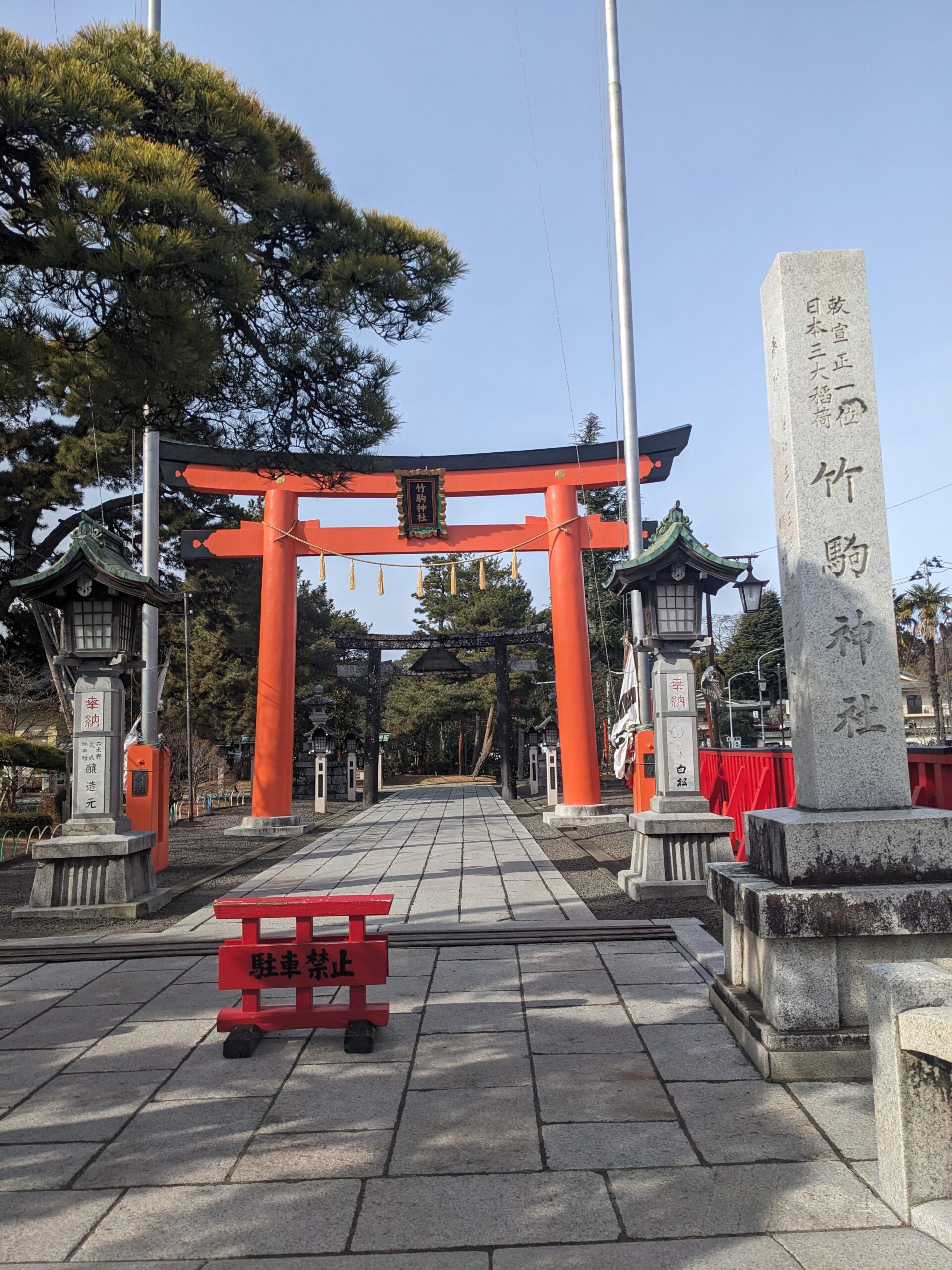


コメント